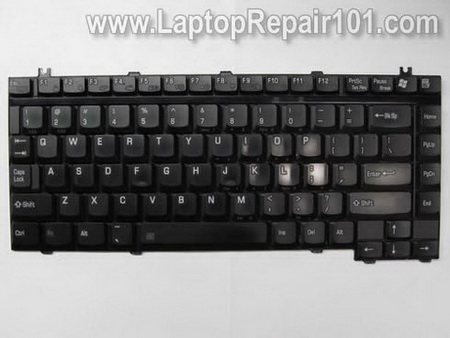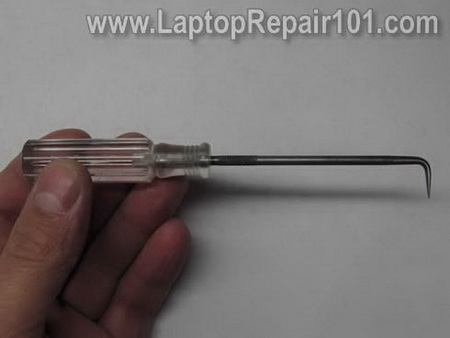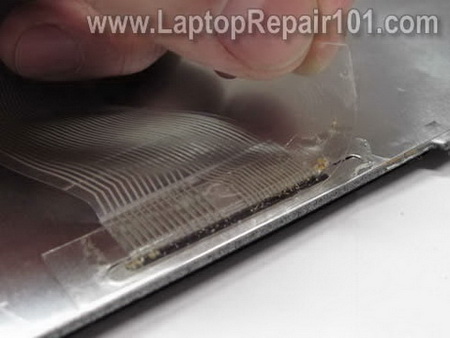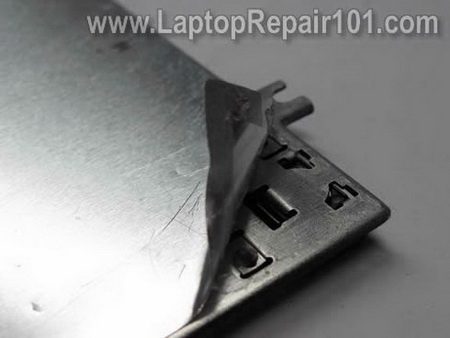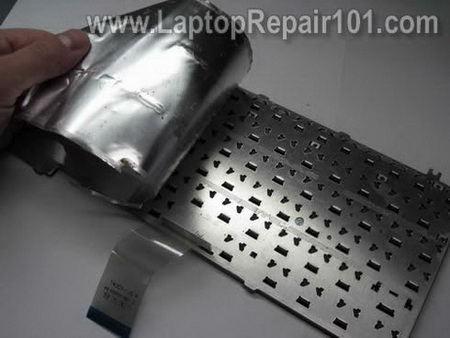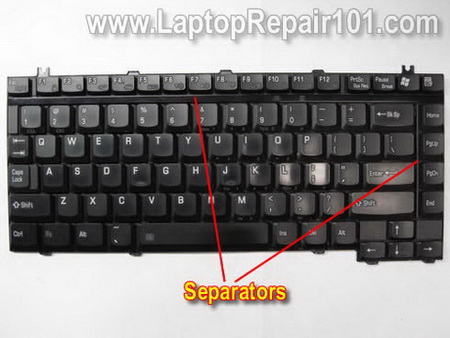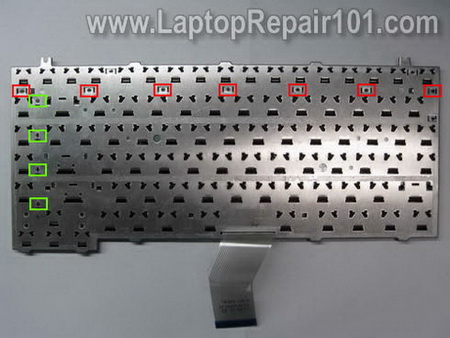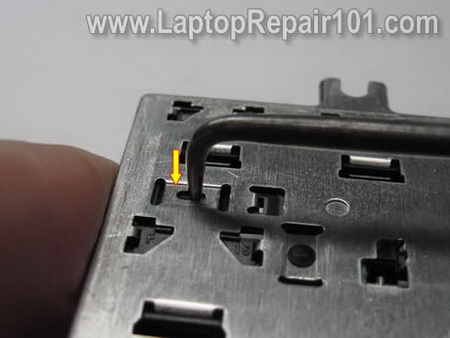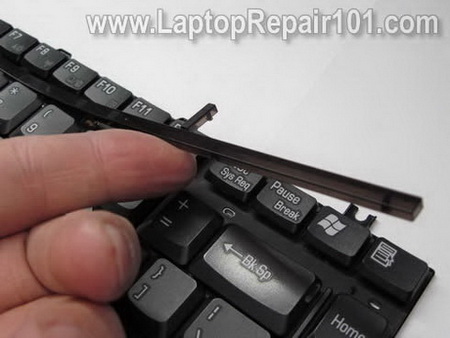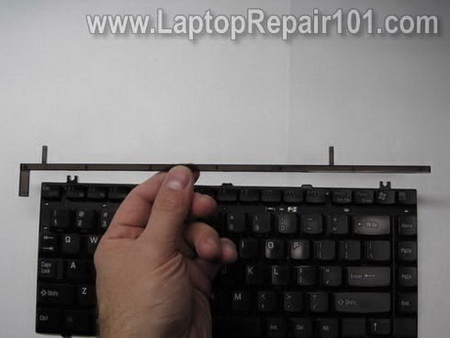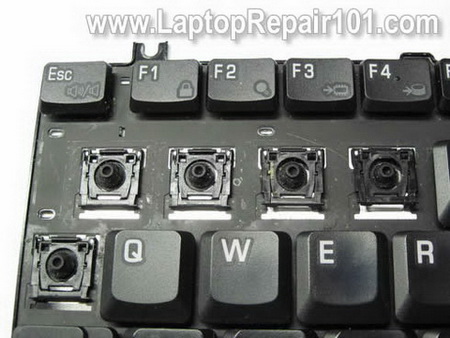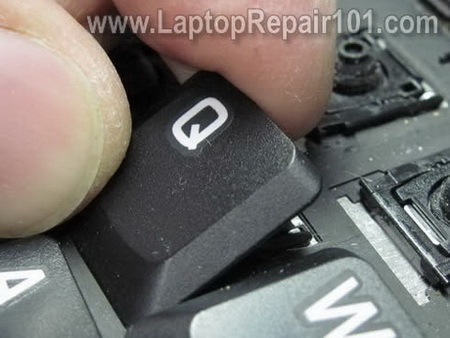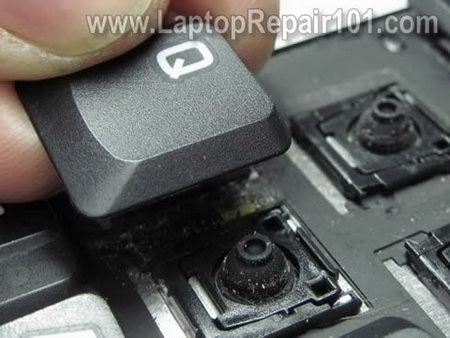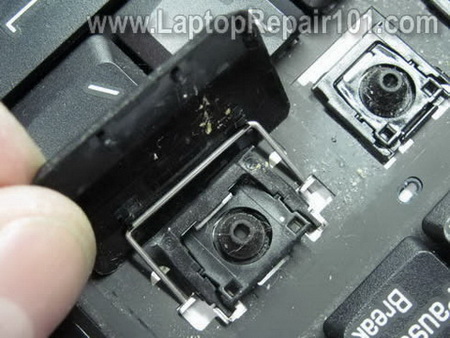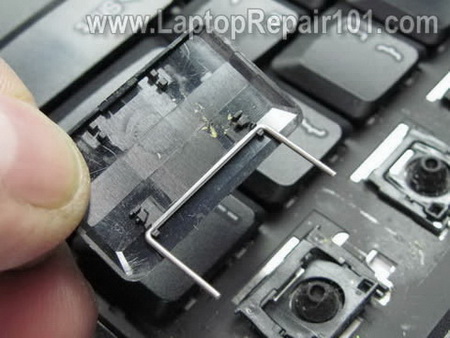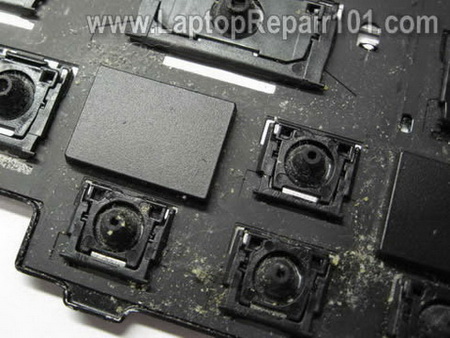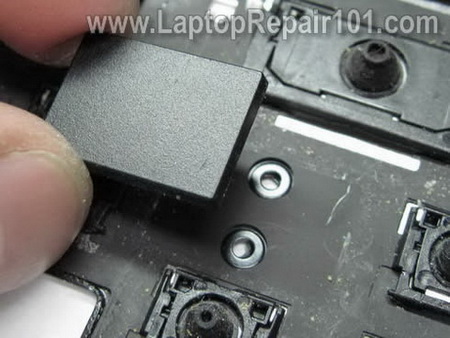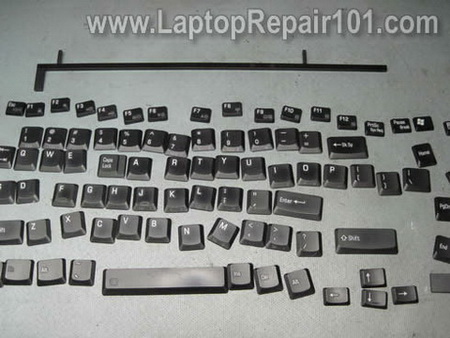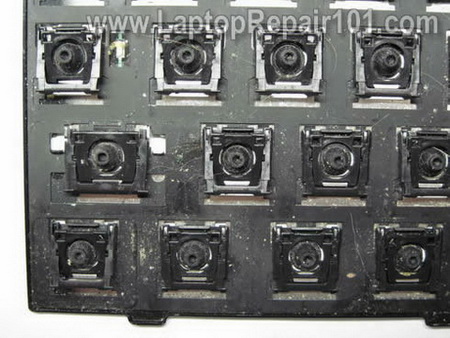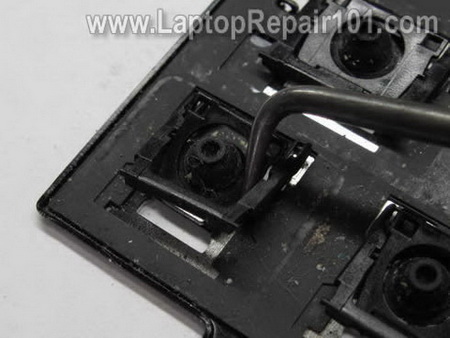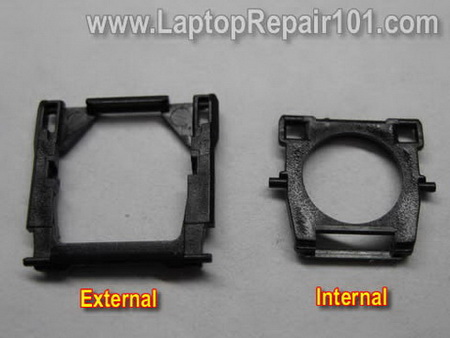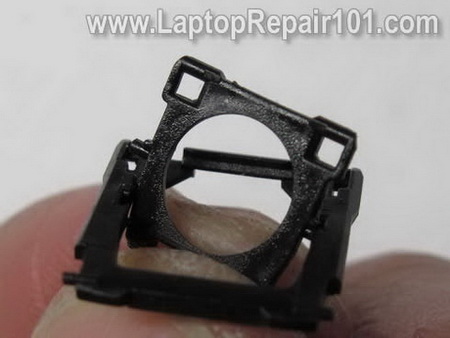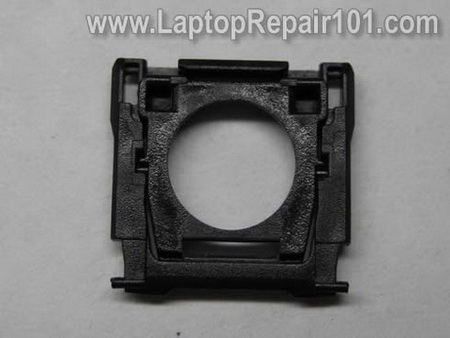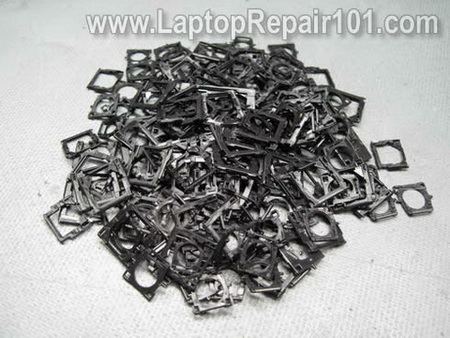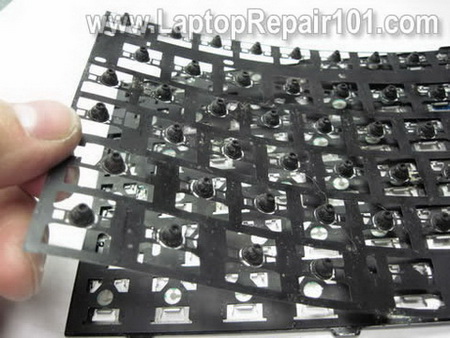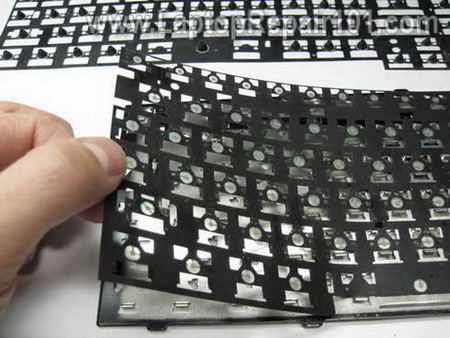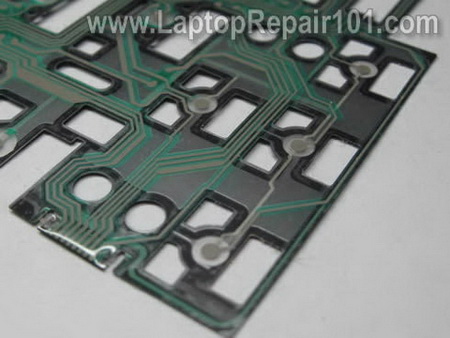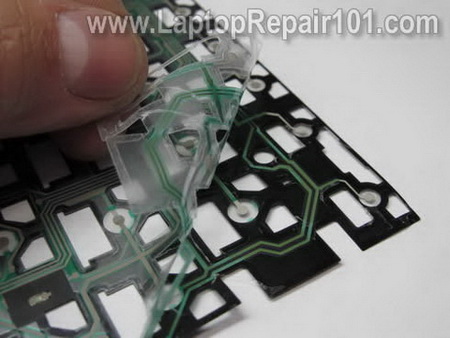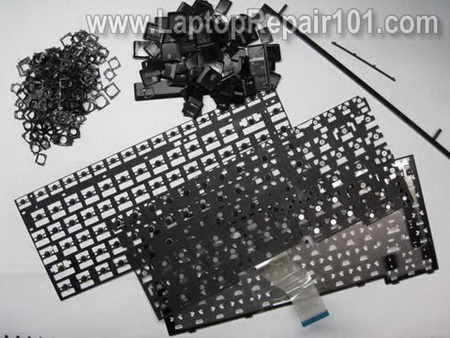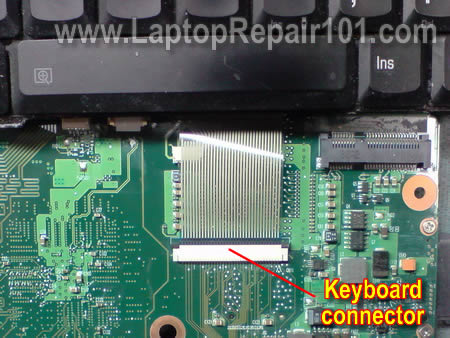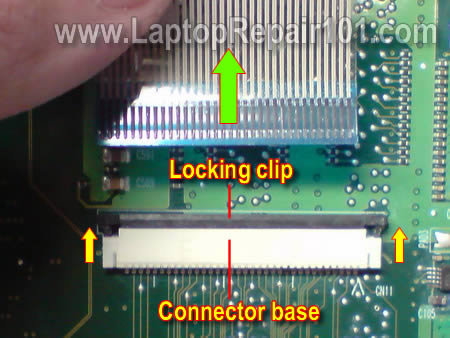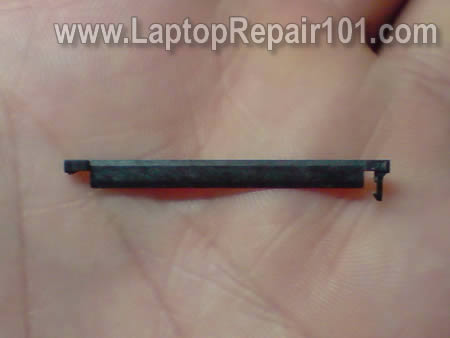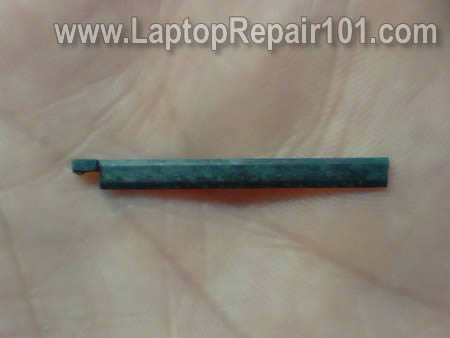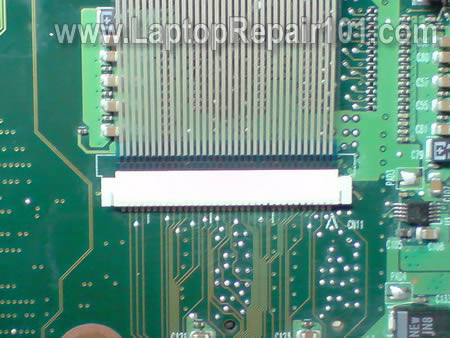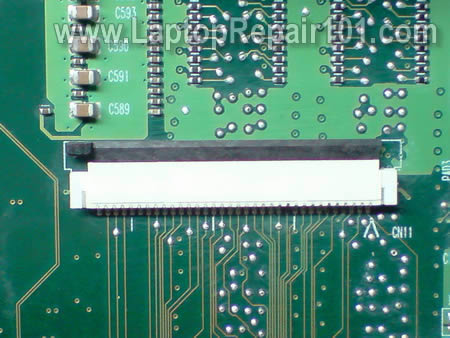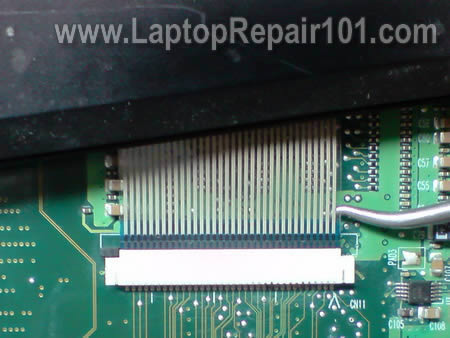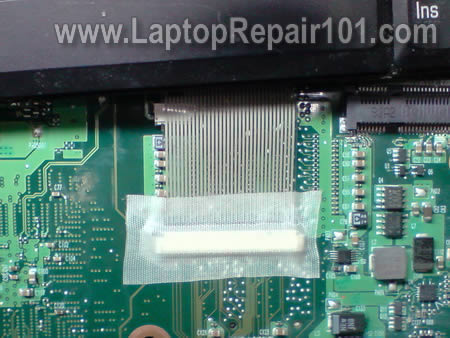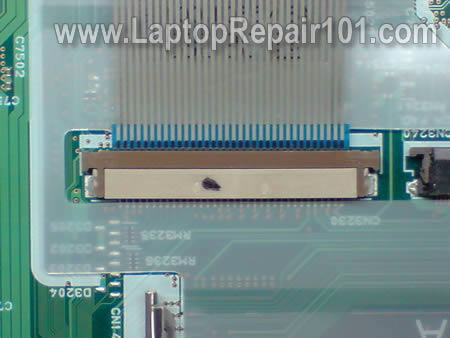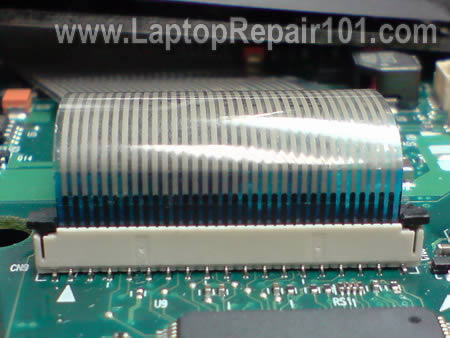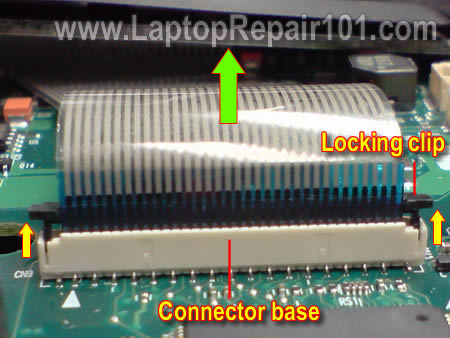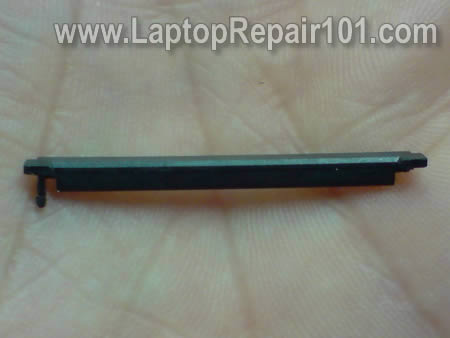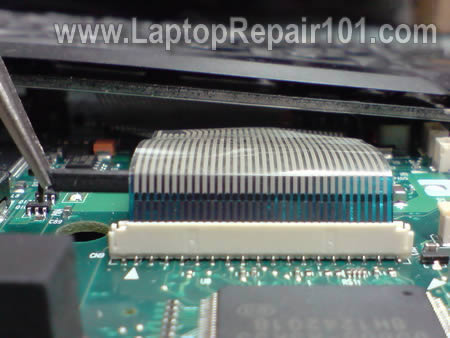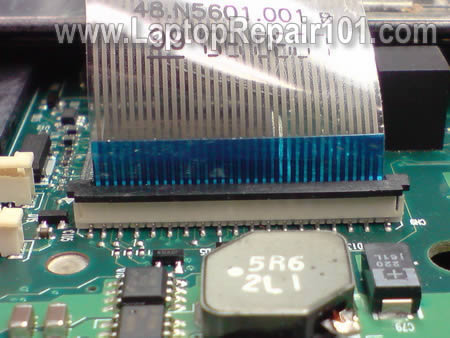Here is a review of the best and cheapest web hosting options for your blog. Only the best options are shown here as there are alot of bad options available these days!
Another major advantage, is with a blog on WordPress.com you cannot use Plugins but when you haveyour own web hosting you can install plugins which can do all sorts of useful things like get your blog listed in Google or display your Facebook like button etc.
So bascially, if you want to port your blog to your own domain from wordpress you need a cheap web host.

Host Gator is a cheap web hosting company based in Houston, Texas, USA. They are well established with over 220,000 customers worldside and offer all the options that any web hosting company should provide.
CLICK HERE TO SIGNUP FOR GATORHOST.COM

80% OFF EVERYTHING From 5AM – 9AM CST (WHILE SUPPLIES LAST)
This applies to ALL Accounts and ALL Term Lengths. So you’re visitors and friends will have the opportunity to receive up to 80% off of up to 3 years worth of Hosting!
That would come out to $35.64 for 3 FULL YEARS! <– Amazing!
For other countries the time in CST is equivalent to:
Australia 4pm Friday 26th November 2010.
United Kingdom 6am Friday 26th November 2010.
CLICK HERE TO SIGNUP FOR GATORHOST.COM
Why do I need a web host?
Generally speaking, you need a web host to use your own domain name for your blog. For example you want to change your blog from http://blogoola.wordpress.com to http://blogoola.com/blog/ so that it is no longer hosted on WordPress and they don’t put advertising on it allowing you full control over what your readers are seeing.Another major advantage, is with a blog on WordPress.com you cannot use Plugins but when you haveyour own web hosting you can install plugins which can do all sorts of useful things like get your blog listed in Google or display your Facebook like button etc.
So bascially, if you want to port your blog to your own domain from wordpress you need a cheap web host.

Host Gator is a cheap web hosting company based in Houston, Texas, USA. They are well established with over 220,000 customers worldside and offer all the options that any web hosting company should provide.
CLICK HERE TO SIGNUP FOR GATORHOST.COM
How much does it cost?
Basic Plan:- 1 year $4.95/month
- 2 years $5.95/month
- 3 years $6.95/month
- Monthly $8.95/month
What do I get?
- Single Domain
- UNLIMITED Disk Space
- UNLIMITED Bandwidth
- Shared SSL Certificate
- 4,500 Free Website Templates
- 45 Day Money Back Guarantee
- 24/7/365 Technical Support (which has a small charge per call)
- $100 Google AdWords Credit
Popularity
Google Trends suggests that Gator Host is gaining in popularity since it was established in 2007.
Web Hosting Sale Friday 26 November 2010
50% OFF EVERYTHING From 12:00AM CST – 5AM CST80% OFF EVERYTHING From 5AM – 9AM CST (WHILE SUPPLIES LAST)
This applies to ALL Accounts and ALL Term Lengths. So you’re visitors and friends will have the opportunity to receive up to 80% off of up to 3 years worth of Hosting!
That would come out to $35.64 for 3 FULL YEARS! <– Amazing!
For other countries the time in CST is equivalent to:
Australia 4pm Friday 26th November 2010.
United Kingdom 6am Friday 26th November 2010.
CLICK HERE TO SIGNUP FOR GATORHOST.COM


 Laptops have a great advantage in terms of their portability. If you carry a laptop with you, your applications and documents are always immediately available. With a wireless card, your laptop can also access the Internet while on the go, so you have more places to do research, check your email, and be more productive.
Laptops have a great advantage in terms of their portability. If you carry a laptop with you, your applications and documents are always immediately available. With a wireless card, your laptop can also access the Internet while on the go, so you have more places to do research, check your email, and be more productive. 
 Both laptops and desktops have equal connectivity to the Internet through the standard technologies including dial-up modems, DSL or Cable modems, Ethernet and Wireless networking. Users can connect using an Ethernet cable in residence hall rooms or by purchasing and setting up a wireless router. Owning a laptop gives users the ability to take advantage of wireless networks like UWNet, which is available in nearly all campus buildings and the common areas (dens, dining halls, etc.) of residence halls. For more information on wireless on campus see:
Both laptops and desktops have equal connectivity to the Internet through the standard technologies including dial-up modems, DSL or Cable modems, Ethernet and Wireless networking. Users can connect using an Ethernet cable in residence hall rooms or by purchasing and setting up a wireless router. Owning a laptop gives users the ability to take advantage of wireless networks like UWNet, which is available in nearly all campus buildings and the common areas (dens, dining halls, etc.) of residence halls. For more information on wireless on campus see: 





